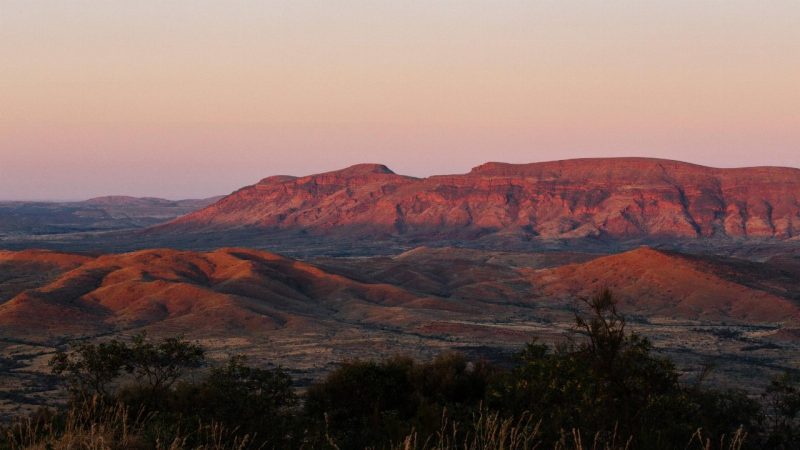- New legislation to preserve hundreds of sacred sites across Australia have been suggested by a parliamentary investigation into the demolition of Juukan Gorge
- The investigation emphasises the need for legal changes at the Commonwealth, State and Territory levels to guarantee that Aboriginal and Torres Strait Islander history is protected
- In a statement, Rio Tinto welcomed the final report, with chief executive Jakob Stausholm saying the company is “committed to listening, learning and showing greater care”
- The study offers eight suggestions, all of which focus on legal changes that will strengthen Aboriginal and Torres Strait Islander cultural heritage safeguards
- Among the recommendations is a need for an overarching Commonwealth legislative framework and a review of the Native Title Act 1993
New legislation to preserve hundreds of sacred sites across Australia have been suggested by a parliamentary investigation into the demolition of the Juukan Gorge rock shelters.
The Northern Australia Committee has released the final report of its investigation into the destruction of 46,000-year-old caverns in Western Australia’s Pilbara area by Rio Tinto in May 2020.
The final study, A Way Forward, emphasises that the events in Juukan Gorge are not unusual. However it is an extreme illustration of the continued loss of Aboriginal and Torres Strait Islander cultural heritage in Australia.
The investigation also emphasises the need for legal change at the Commonwealth, State, and Territory levels to guarantee that Aboriginal and Torres Strait Islander history is protected.
“The destruction of the caves was a disaster beyond reckoning for the Puutu Kunti Kurrama People and Pinikura people, and Aboriginal and Torres Strait Islander cultural heritage as a whole,” Chair Warren Entsch MP said upon tabling the report today.
“This disaster was a wakeup call that there are serious deficiencies in the protection of Aboriginal and Torres Strait Islander cultural heritage. What is needed now is a way forward, for both Aboriginal and Torres Strait Islander people and industry.”
In a statement, Rio Tinto welcomed the final report, with chief executive Jakob Stausholm claiming the company is “committed to listening, learning and showing greater care”.
Mr Stausholm said the company would work to rebuild the trust of the Traditional Owners.
“We know this will take time and there will be challenges ahead, but we are focused on improving our engagement with Indigenous Peoples and our host communities to better understand their priorities and concerns, minimise our impacts, and responsibly manage Indigenous cultural heritage in and around our operations,” he said.
The Committee heard about a wide range of Aboriginal and Torres Strait Islander cultural heritage preservation problems during the investigation. Each incidence of cultural loss or threat addressed added to the obvious need for reform.
Mr Entsch explained how, based on the large volume of material received by the Committee, it was obvious that major reforms were needed to secure the protection of Aboriginal and Torres Strait Islander peoples’ cultural heritage.
“Aboriginal and Torres Strait Islander people have been let down by the Commonwealth, State and Territory governments as well as industry,” Mr Entsch said.
“In making these recommendations today, the Committee and I want to bring about meaningful change. Failures to protect Aboriginal and Torres Strait Islander heritage must stop here.”
The study offers eight suggestions, all of which focus on legal changes that will strengthen Aboriginal and Torres Strait Islander cultural heritage safeguards.
Among the recommendations is a need for an overarching Commonwealth legislative framework, a review of the Native Title Act 1993, and a need to establish an independent fund to administer funding of prescribed body corporates.

